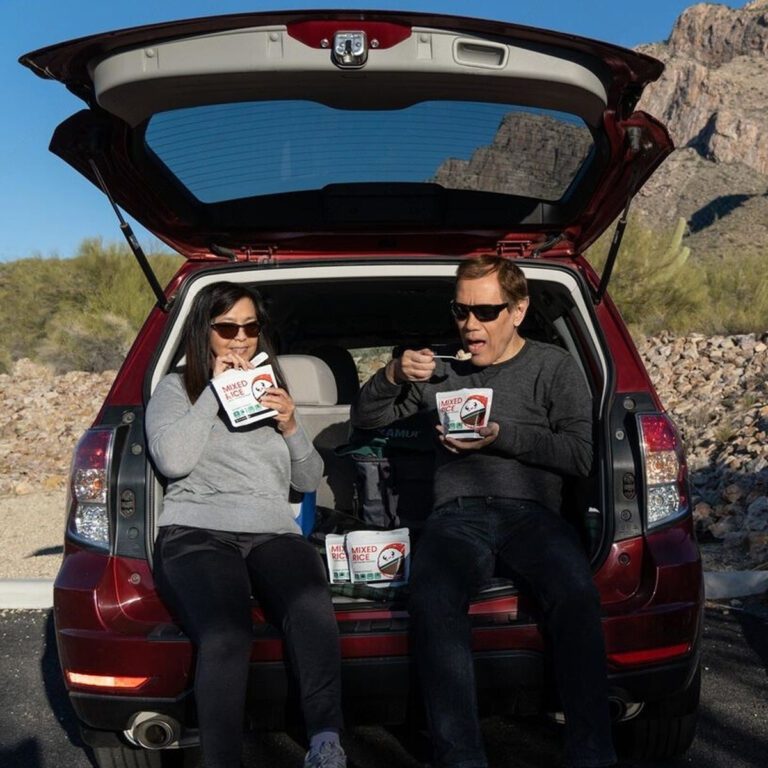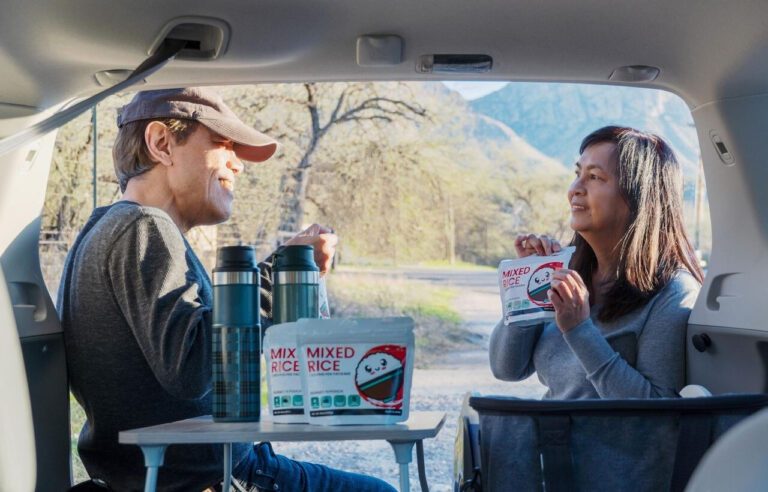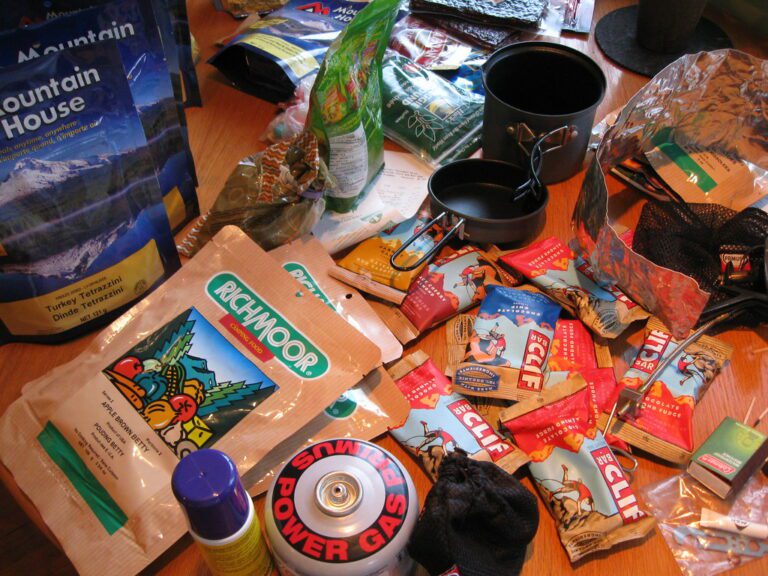Phone
+1-650-666-095
Contact E-mail
[email protected]
Address
16192 Coastal Hwy, Lewes, DE 19958-3608
Mountain Climbing Food Ideas for an Unforgettable Adventure


Climbing mountains can often be a lot less challenging than planning for it. A crucial part of planning that hike, regardless of whether you summit or not, is preparing your mountain climbing food. Rest assured, we have your back because we have the best mountain climbing food ideas you can bring with you every time.
Planning Your Mountain Climbing Meals
Why is planning so important? Because planning your mountain climbing meals is the key to success. If your body lacks the nutrients to keep it going, you will probably end up being exhausted on the trail. An exhausted hiker most often doesn’t reach his goal or summit. This is why planning meals for your hike is indeed an essential aspect. Ensure you know the calories you need while hiking and have enough fuel and protein for your body. This is a starting point from which you can plan your meals.
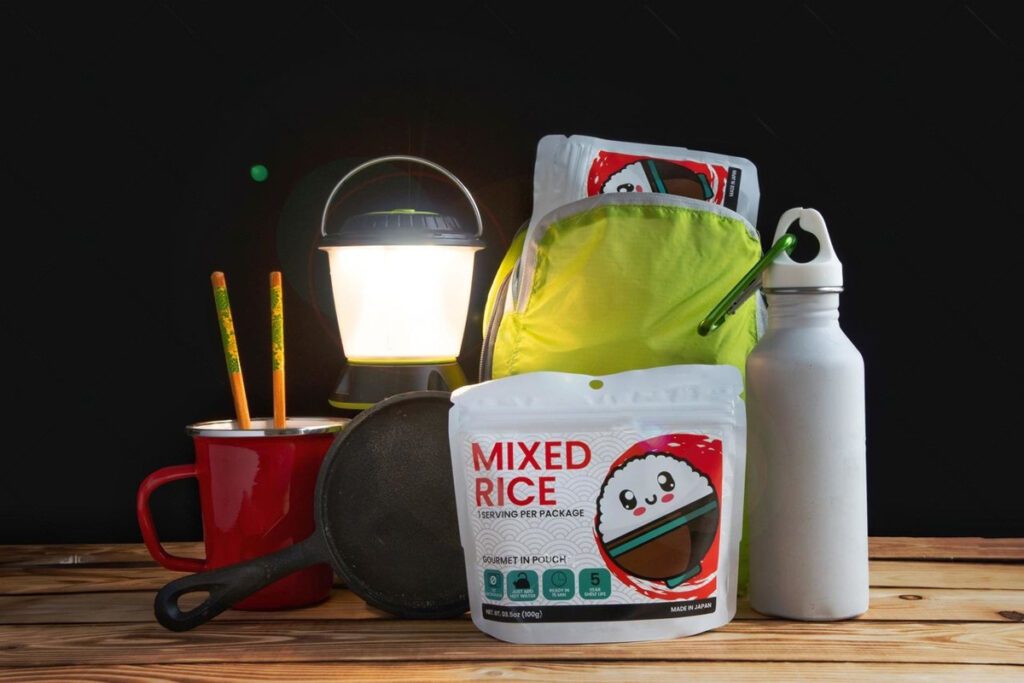

Be realistic about how many meals and snacks you need for the hike, and consider how long your hike will be and your activity level. Take note of any dietary restrictions you might have, but also make sure to have nutrient-dense food. Planning your meals or meal prepping is essential while hiking. This doesn’t mean you go around the trail and pick up anything you can find in the bushes.
No, you bring your breakfast, lunch, snacks, and dinner in your backpack. Another critical element to hiking is hydration, and while people can live on food, they can get dehydrated from a lack of water. While doing so, ensure you stay organized and adjust anything that might come along.
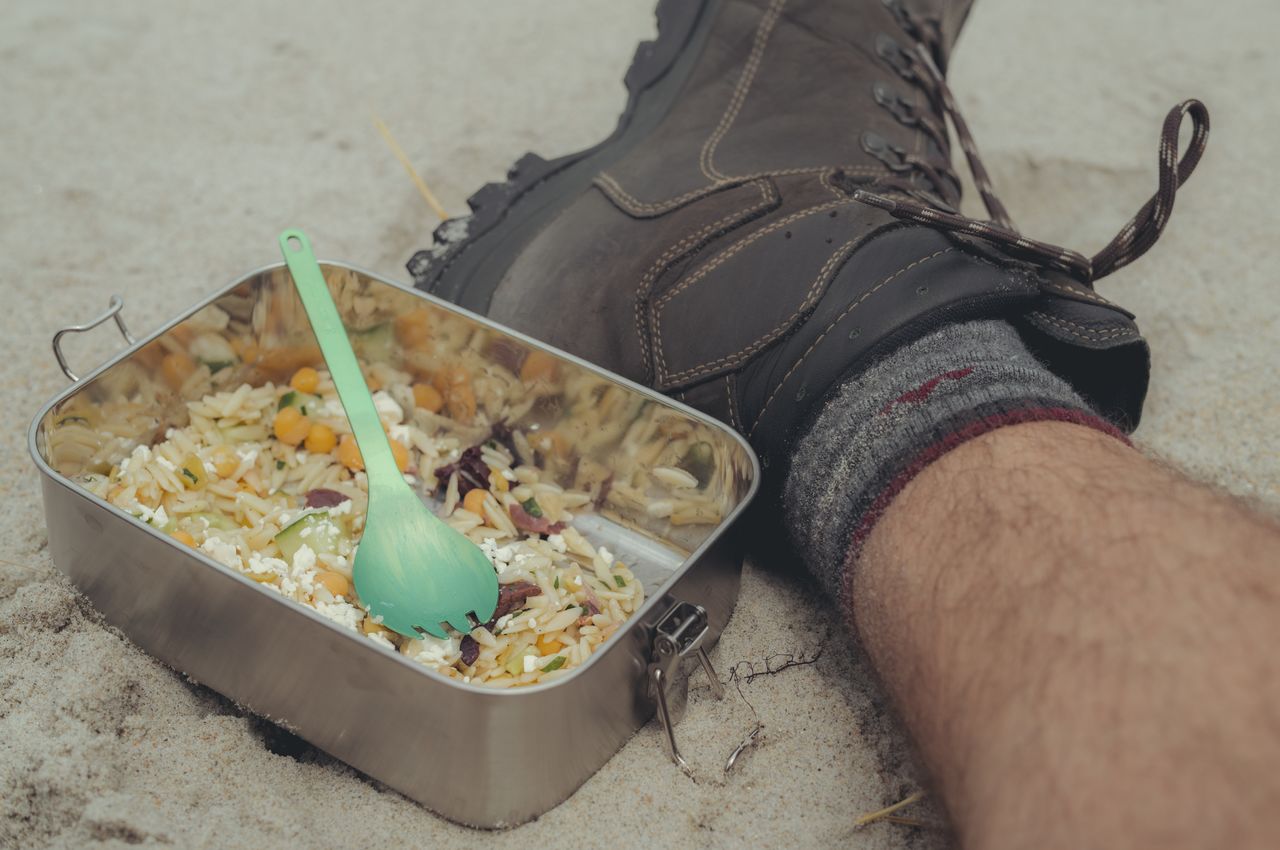

How to Pack Food for Climbing
Besides preparing your food and planning for your hike, how you pack your food and water is essential. This is because, if loaded correctly, your food will not take up that much space. On the other hand, throwing it into your backpack might take up too much space. You might have problems placing anything else inside your bag. This is why packing and planning for packing are so important.
Choosing the right foods is something you need to have in mind because of high-calorie and lightweight foods. These can be nuts and seeds, energy bars, jerky, and trail mix are great things that you can place in your backpack. Also, meals like dehydrated and easy-to-cook options are a must to save space. Make sure you have enough serving portions, but pack them smartly. This means that you pack all your food together to minimize the space, but also, if possible, use vacuum-sealing bags because you can reduce the space used in your backpack and its bulk.


Eating While Climbing: 7 Must-Know Mountaineering Food Ideas
The essential foods for climbing include snacks, which give you energy, meals that provide your body with sustenance, and any cooking gear you might need.
Snacks
Trail mix, energy bars, jerky, and nut butter packets are great snacks for hiking because they are nutrient-dense, high-calorie, and take up minimal space.


- Trail mix is a combination of nuts, seeds, and fruits; sometimes, it includes chocolate, giving you a quick energy rush.
- Energy bars are often high-protein and high-calorie options that are small, easy to carry, and don’t take up that much space.
- Jerky is a snack that comes in vegan and non-vegan options. Classic jerky made of meat is lightweight and full of protein. Vegan jerky made from different types of fruit gives you enough energy to reach that peak.
- Nut butter, like trail mix and nuts, is portable and nutrient-rich. It is also very calorie-rich. You can eat it alone or on bread.
Hiking meals
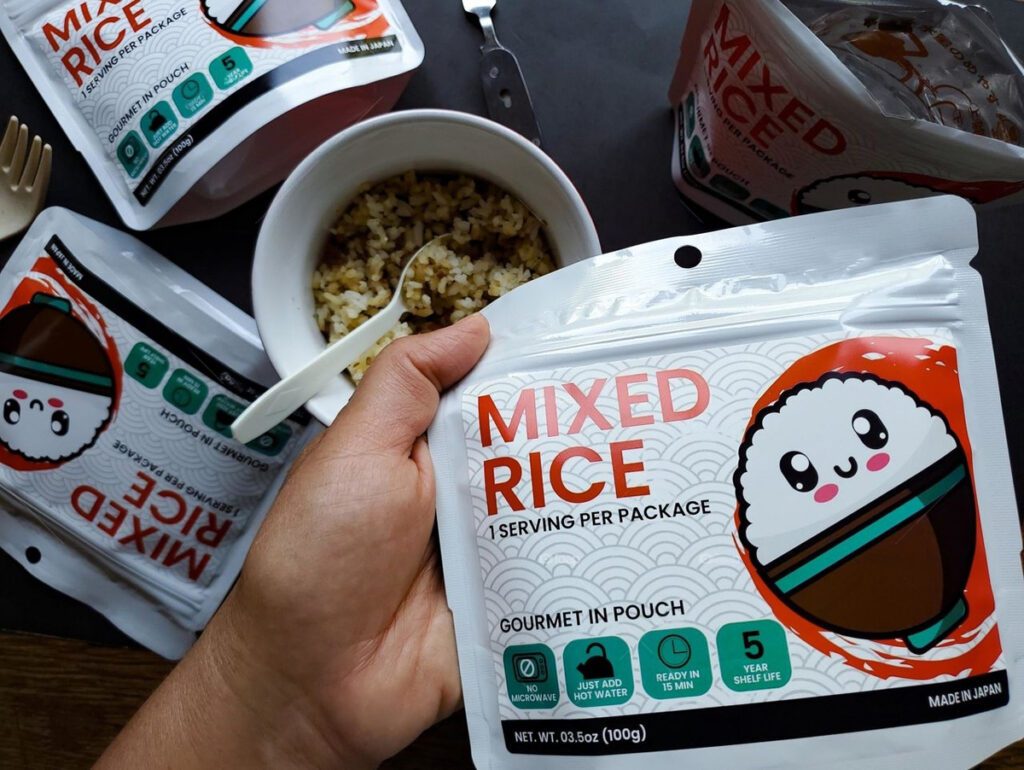

The meals you can take with you while hiking include:
- Dehydrated meals are lightweight and extra easy to prepare while on the hike. All you need to do is add hot water to your packet. Within 10 to 20 minutes, you will have a warm meal that is ready to eat.
- Oatmeal is a great breakfast option; just add hot water, powdered milk, and hot water to rehydrate and make a hearty breakfast.
- Couscous is a pasta and rice staple. It is quick to prepare and can be enhanced with spices, meat, and dehydrated veggies. However, it will take longer to prepare with pasta or rice.
Must-Have Cooking Gear For Mountaineering
Every hiker needs to take a portable stove, cookware, and utensils with them when cooking, especially when carrying dehydrated meals.
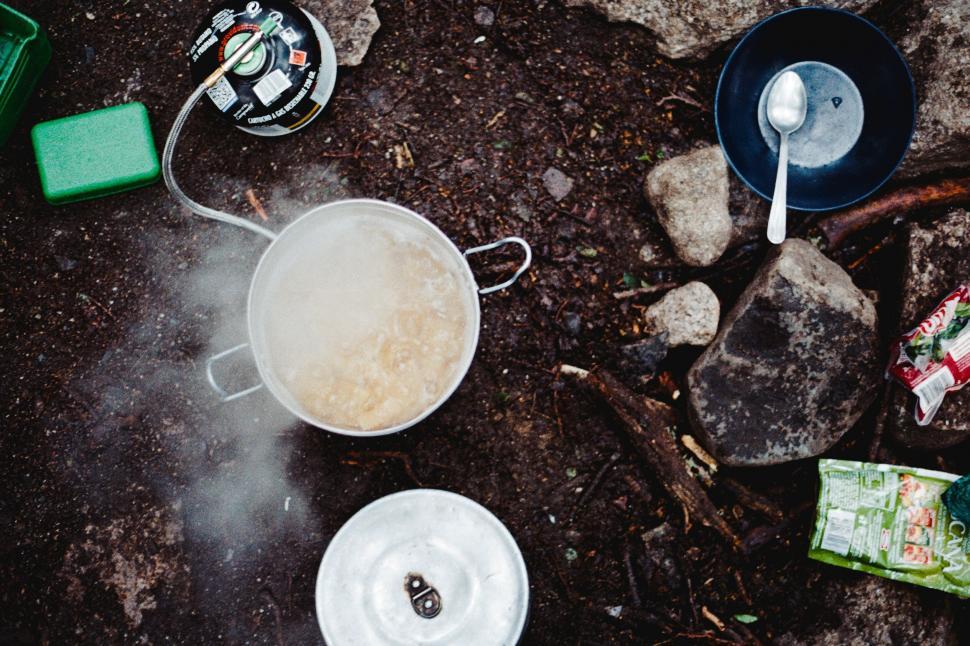

- Your stove is there to cook pasta, rice, or dehydrated meals; this is a must-have for day and longer hikes.
- Pots and pans are included when it comes to cookware. They should be extra small and lightweight—perfect for hiking and mountaineering.
- Utensils are also included because no one wants to eat with their hands while on the summit. This consists of a lightweight spoon, fork, and knife; even a multitool can be handy.
What is the best food for mountain climbing?
The best mountain climbing food includes quick and easy food, like granola bars, energy bars, protein bars, nuts (like those included in trail mix), oat cakes, sandwiches, salads, breads, and similar items. If you want to add variety and not just snack while mountain climbing. A great idea is to include foods that add almost zero extra weight, like dried soup mixes, dried milk and potatoes, spaghetti sauce, and dried beans. Generally, dried ingredients are easy to rehydrate and eat as quickly as possible, offering you a great option with minimal space but maximum nutrition.
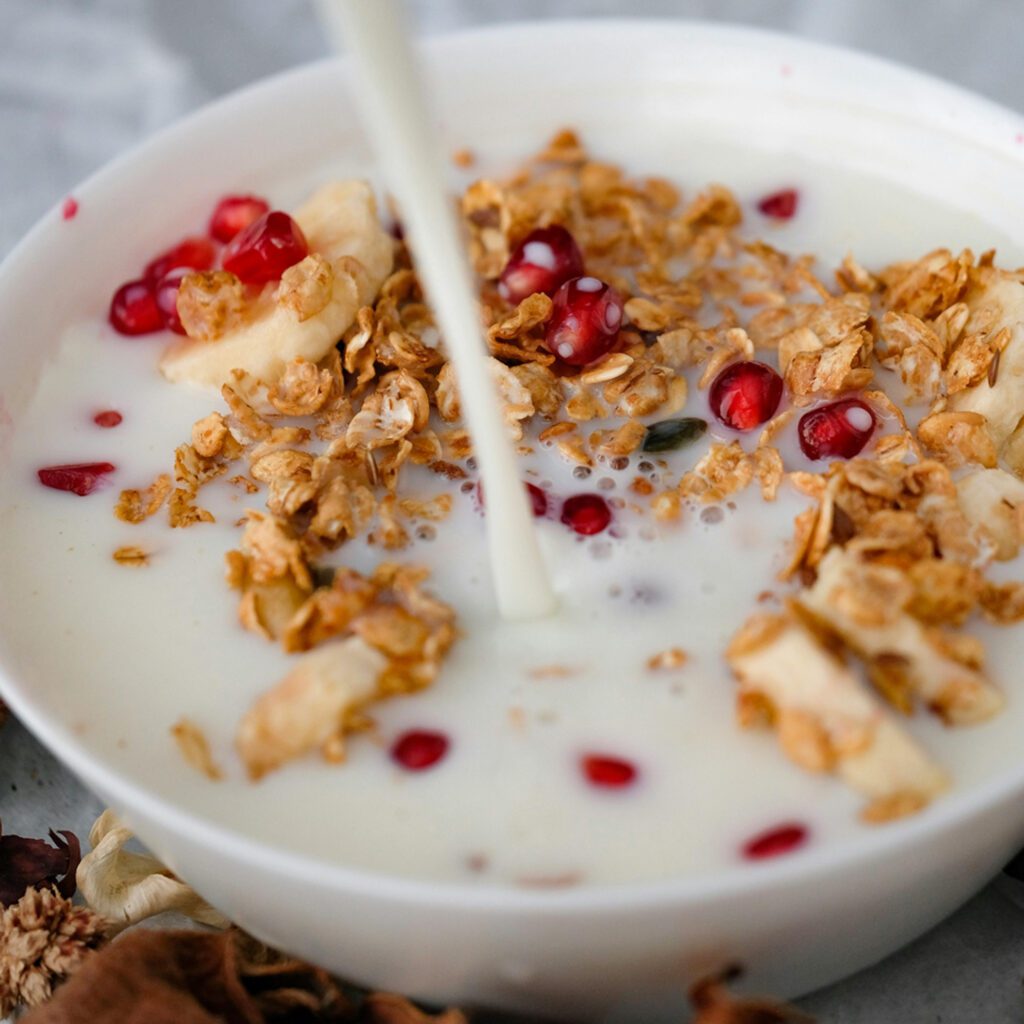

How do mountain climbers eat?
Mountain climbers eat the same way everyone eats, but they generally need specialized food that is often dried, compressed, or boiled. In most cases, everyone on the mountain climbing team will snack a lot, allowing them to eat small amounts of calories throughout the day, adding up to a more significant amount by the end of the day. People often bring crackers, cheese, granola, nuts, meat, and dried foods, which are small and light but consume 8,000 to 10,000 calories per day.
Which food is best for high altitude?
The best foods for high altitudes and mountain climbing are those that are light but offer a lot of calories. Depending on your preferences, these can include meats, eggs, and legumes, which can be added to your diet to maximize the protein intake. This will help with muscle repair and also improve stamina while mountain climbing. Ensure you eat and snack throughout the day because your body burns many more calories in the mountains than it does at home. That is why foods at high altitudes differ from those at lower altitudes.
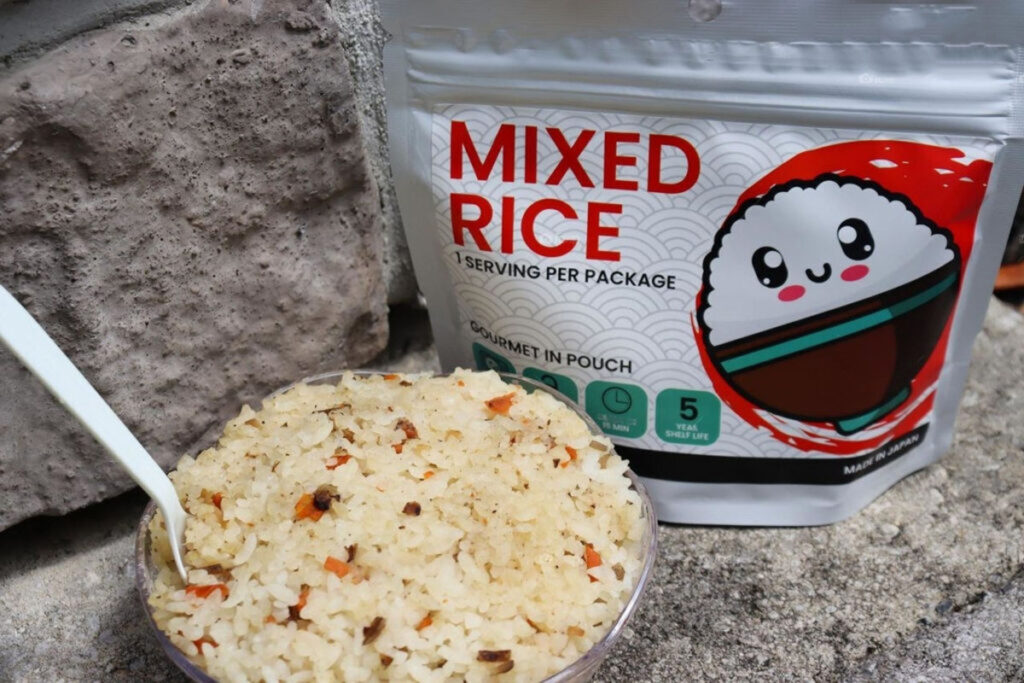

Our Favorite Hack: KAMUI Mixed Rice
Looking for a hassle-free mountain climbing food option? Try our Freeze-Dried Dehydrated Japanese Gomoku Mixed Rice! It’s pre-cooked, dehydrated, and packaged to maintain top-notch quality and flavor. Add hot water, and it’s ready to eat in 15 minutes (or an hour if you use room-temperature water). It is lightweight, space-efficient, and can be eaten straight from its pouch, which includes a spoon, making it convenient for any outdoor adventure. This savory meal has a 5-year shelf life and can be stored for emergencies or even a quick-prep meal at home.
Conclusion
Ultimately, we genuinely hope these options helped you find the mountain climbing food ideas you needed. Hopefully, you will reach your goal with delicious food options in your backpack.
- Made with 100% Japanese rice
- Authentic taste of Japanese cuisine
- Tasty freeze-dried meal
- Add hot water. Ready in 15 minutes



